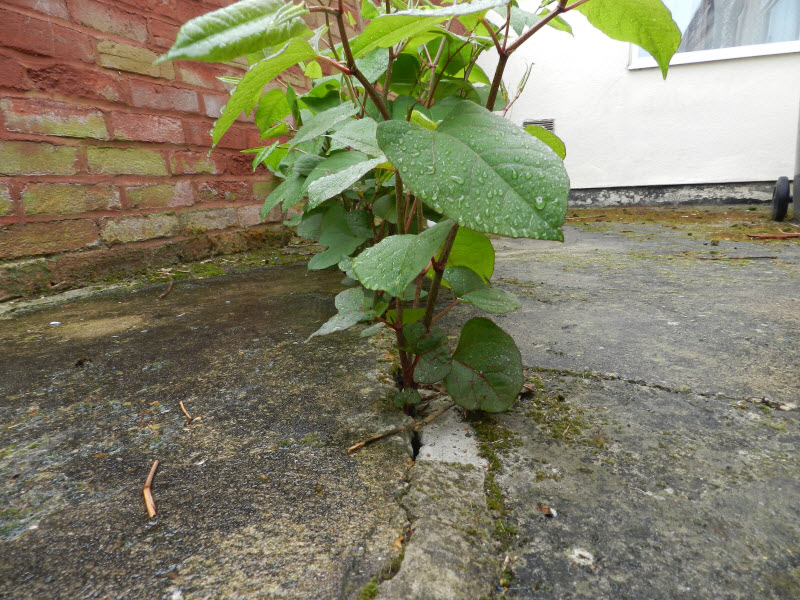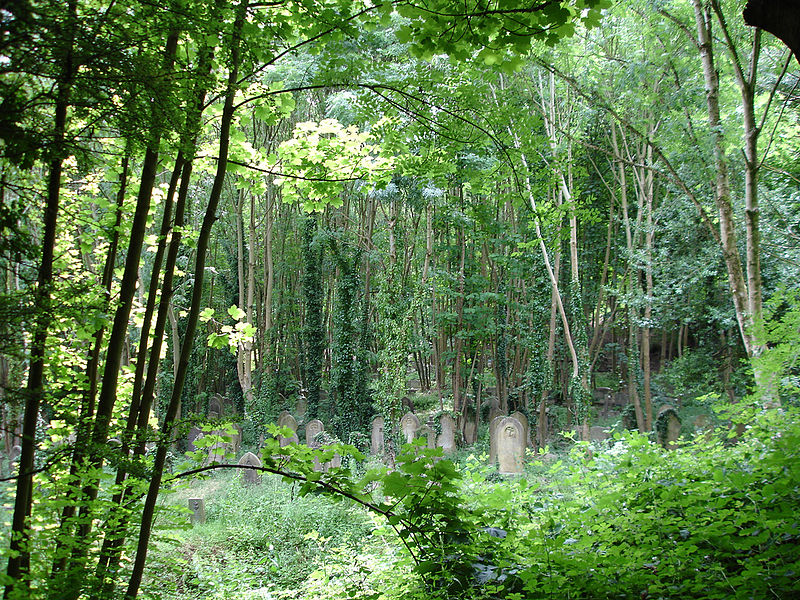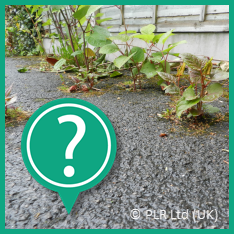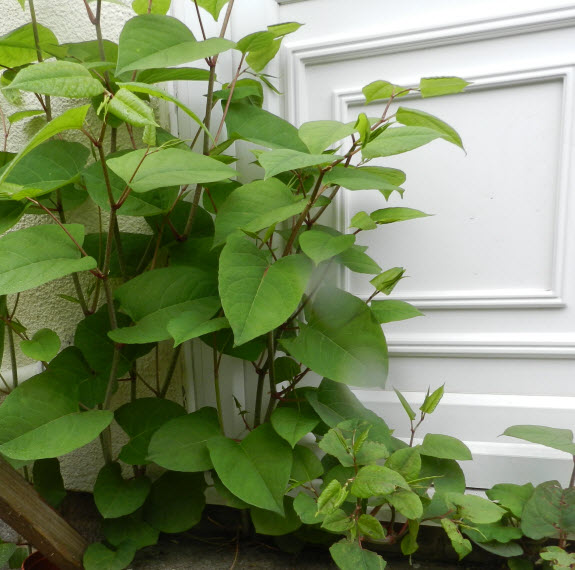Businesses: you can get tax relief on soil disposal if the ground has been contaminated by Japanese knotweed. Why? Read on… If Japanese knotweed is discovered on property – land or home – it must be removed before the land if redeveloped or the home is sold. This is because the species is very invasive and grows prolifically and strongly, causing an immense amount of damage to buildings, waterways and other structures.
Removing Japanese Knotweed can be very expensive, especially if it has been left to flourish and has become widespread. (It’s much cheaper to remove if it’s caught early, so keep a sharp eye out!). Because of this expense, Land Remediation Relief (LRR) is a tax relief that is available to some property developers and investors involved in redeveloping some brownfield sites, acting as an incentive to get long-left contaminated land back into use.
Click here for HMRC outline/guidelines on Land Remediation Relief
Click here for a more detailed HMRC approach on Land Remediation Relief
This is what HMRC has to say:
Tax relief for disposing of soil containing Japanese knotweed
Land remediation relief (LRR) is a corporation tax relief scheme introduced to help bring land that has been ruined by various industrial uses or long-term neglect back into productive use. You may be able to claim LRR for removing contamination arising from Japanese knotweed. You will not be able to claim LRR if disposing of material containing Japanese knotweed to landfill.
Please note: Japanese knotweed and giant hogweed are considered to be pollutants and used to have a landfill tax exemption from HM Revenue & Customs (HMRC). You can no longer apply for a new exemption. Read about landfill tax on the HMRC website.




